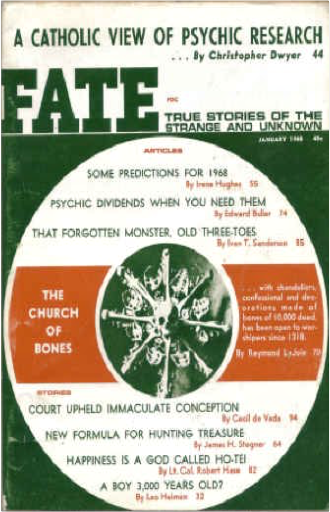 CONTENTS: ~ ~~ ~ 17th Century Court Upheld Claim of an Immaculate Conception! [Cecil de Vada]; Happiness is a God Called Ho-Tei [Lt. Col. Robert R. Hase]; New Formula For Hunting Treasure [James H. Stegner]; A Boy 3,000 Years Old? [Leo Heiman]; Old Three-Toes (Part II) [Ivan T. Sanderson]; Psychic Dividends [Edward Buller]; The Church of Bones [Raymond A. LaJoie]; Some Predictions for 1968 [Irene F. Hughes]; A Catholic View of Psychical Research [Christopher Dwyer] 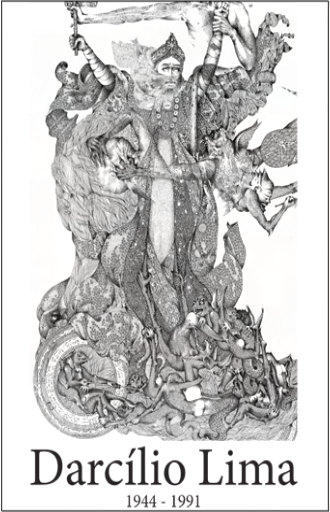 Darcilio Lima had his first art show at 10 years old. He was a crucial player in Rio's hedonistic underground art scene in the 1960s. He spent a significant period of time in the 1970s in Paris, sleeping in a graveyard. Like any legit surrealist, he was friends with Salvador Dali. And, yet, the Brazilian artist's name remains widely unknown, despite the captivatingly fine lines and hypnotically twisted figures that ooze forth from the darkest depths of his subconscious. 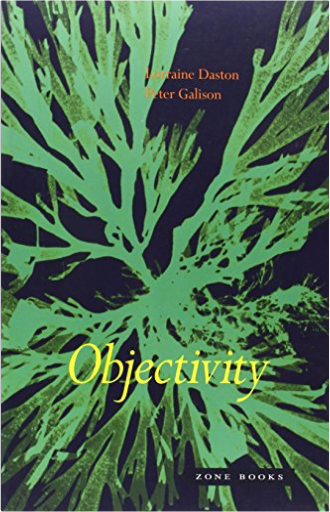 Objectivity has a history, and it is full of surprises. In Objectivity, Lorraine Daston and Peter Galison chart the emergence of objectivity in the mid-nineteenth-century sciences—and show how the concept differs from its alternatives, truth-to-nature and trained judgment. This is a story of lofty epistemic ideals fused with workaday practices in the making of scientific images. From the eighteenth through the early twenty-first centuries, the images that reveal the deepest commitments of the empirical sciences—from anatomy to crystallography—are those featured in scientific atlases, the compendia that teach practitioners what is worth looking at and how to look at it. Galison and Daston use atlas images to uncover a hidden history of scientific objectivity and its rivals. Whether an atlas maker idealizes an image to capture the essentials in the name of truth-to-nature or refuses to erase even the most incidental detail in the name of objectivity or highlights patterns in the name of trained judgment is a decision enforced by an ethos as well as by an epistemology. As Daston and Galison argue, atlases shape the subjects as well as the objects of science. To pursue objectivity—or truth-to-nature or trained judgment—is simultaneously to cultivate a distinctive scientific self wherein knowing and knower converge. Moreover, the very point at which they visibly converge is in the very act of seeing not as a separate individual but as a member of a particular scientific community. Embedded in the atlas image, therefore, are the traces of consequential choices about knowledge, persona, and collective sight. Objectivity is a book addressed to anyone interested in the elusive and crucial notion of objectivity— and in what it means to peer into the world scientifically. Lorraine Daston is Director at the Max Planck Institute for the History of Science in Berlin, Germany. She is the coauthor of Wonders and the Order of Nature, 1150-1750 and the editor of Things That Talk: Object Lessons from Art and Science (both Zone Books). Peter Galison is Pellegrino University Professor of the History of Science and of Physics at Harvard University. He is the author of Einstein's Clocks, Poincaré's Maps: Empires of Time, How Experiments End, and Image and Logic: A Material Culture of Microphysics, and other books, and coeditor (with Emily Thompson) of The Architecture of Science (MIT Press, 1999).  B000H4NZY2 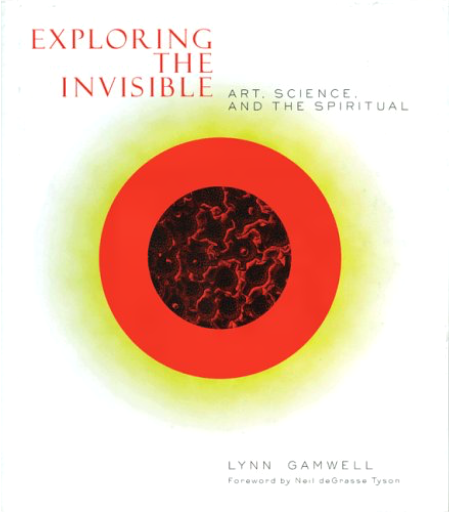 This sumptuous and stunningly illustrated book shows through words and images how directly, profoundly, and indisputably modern science has transformed modern art. |  Education of the Senses, the first book of Peter Gay's projected multi-volume study of the European and American middle classes from the 1820s to the outbreak of World War I, re-examines the sexual behavior and attitudes of Victorians. 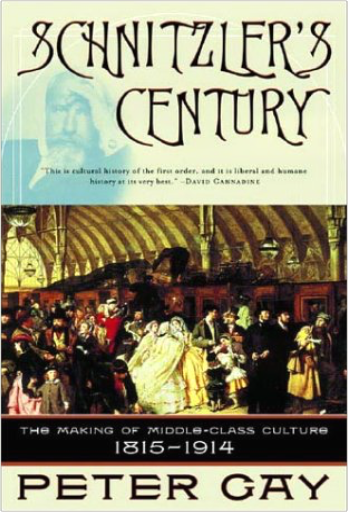 "This is cultural history of the first order, and it is liberal and humane history at its very best."—David Cannadine An essential work for anyone who wishes to understand the social history of the nineteenth century, Schnitzler's Century is the culmination of Peter Gay's thirty-five years of scholarship on bourgeois culture and society. Using Arthur Schnitzler, the sexually emboldened Viennese playwright, as his master of ceremonies, Gay offers a brilliant reexamination of the hundred-year period that began with the defeat of Napoleon and concluded with the conflagration of 1914. This is a defining work by one of America's greatest historians. 12 b/w illustrations. 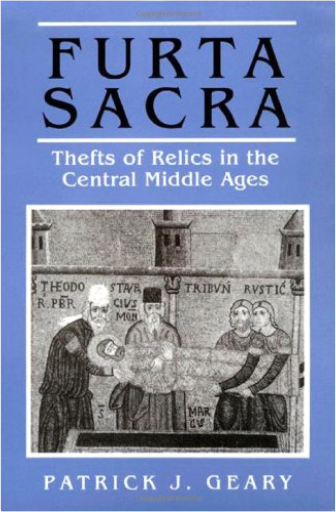 To obtain sacred relics, medieval monks plundered tombs, avaricious merchants raided churches, and relic-mongers scoured the Roman catacombs. In a revised edition of Furta Sacra, Patrick Geary considers the social and cultural context for these acts, asking how the relics were perceived and why the thefts met with the approval of medieval Christians. 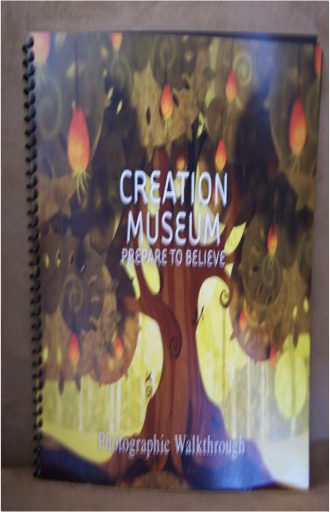 This is the introductory book to the Answers in Genesis Creation Museum Prepare to Believe, photographic walkthrough which provides a detailed journey through the Creation Museum. 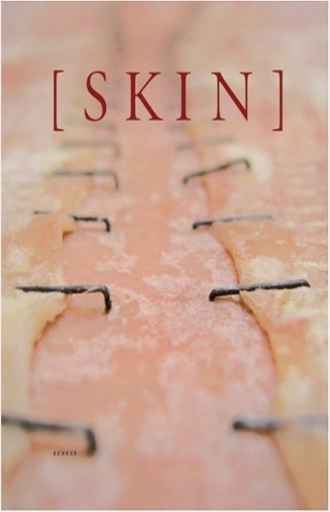 Skin is a very special and personal material poised between life and death, and marking the delicate boundary between the body and the external world. |

Morbid Anatomy Museum
Collection Total:
1,253 Items
1,253 Items
Last Updated:
Jan 26, 2016
Jan 26, 2016

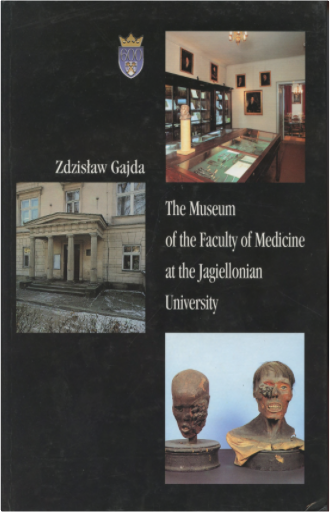

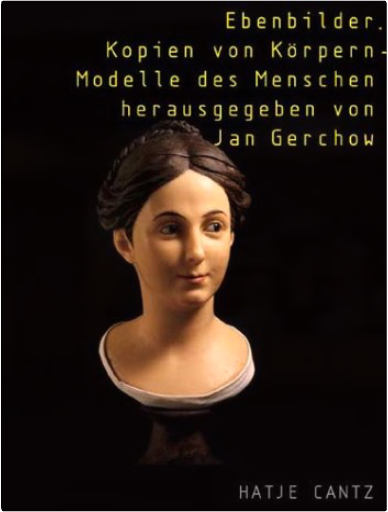
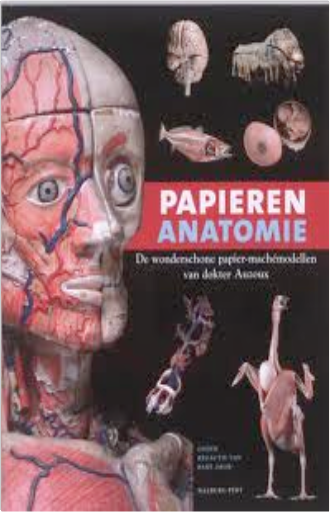
 Made with Delicious Library
Made with Delicious Library